
10 Best Nutritious Edible Weeds In The Garden
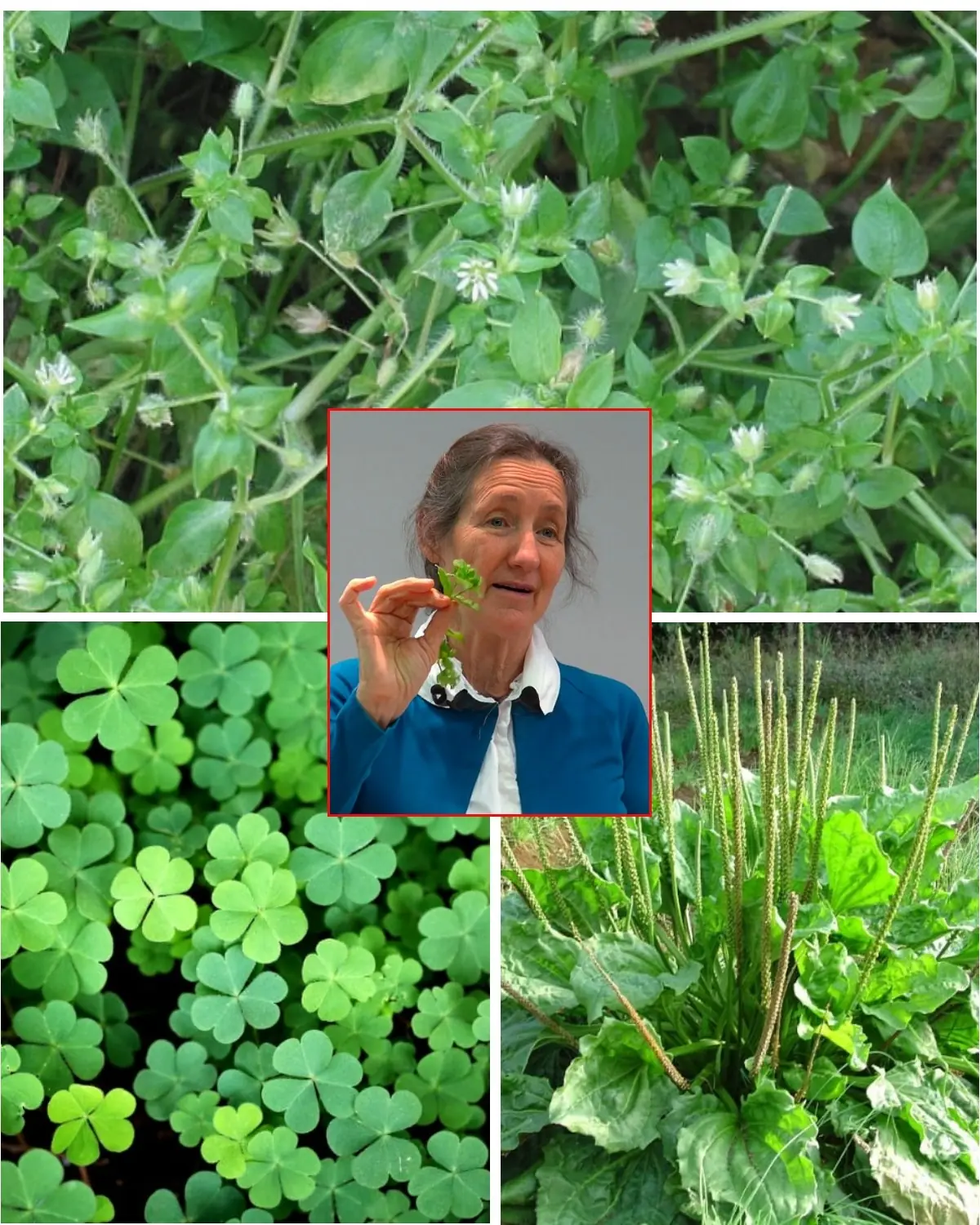
Your garden might be home to more than just vegetables and flowers—it could be a hidden treasure trove of nutritious, edible weeds! Often overlooked, these wild plants are sustainable, free, and packed with vitamins, minerals, and antioxidants. Here are 10 of the best edible weeds you can enjoy:
1. Dandelion (Taraxacum officinale)
- Nutrients: Rich in vitamins A, C, and K, as well as calcium, iron, and potassium.
- How to Use: Add young leaves to salads, stir-fries, or smoothies. The flowers can be used in teas or even made into dandelion wine.
2. Purslane (Portulaca oleracea)
- Nutrients: High in omega-3 fatty acids, vitamins A and C, magnesium, and iron.
- How to Use: Eat raw in salads or blend into soups and smoothies. Its slightly tangy flavor pairs well with citrus-based dressings.
3. Chickweed (Stellaria media)
- Nutrients: Contains vitamins C and A, iron, calcium, and magnesium.
- How to Use: Toss it into salads, make a flavorful pesto, or brew it into a refreshing herbal tea.
4. Lamb’s Quarters (Chenopodium album)
- Nutrients: High in vitamins A and C, protein, and calcium.
- How to Use: Sauté the leaves like spinach, add them to soups, or blend into green smoothies.
5. Plantain (Plantago spp.)
- Nutrients: Packed with vitamins A, C, and K, along with calcium and magnesium.
- How to Use: Use the young leaves in salads or steam them as a side dish. Plantain tea is also great for digestion.
6. Nettle (Urtica dioica)
- Nutrients: Loaded with vitamins A, C, and K, as well as calcium and iron.
- How to Use: Always cook or dry nettles before eating to neutralize the stinging hairs. Use in soups, teas, or as a spinach substitute.
7. Amaranth (Amaranthus spp.)
- Nutrients: High in protein, iron, calcium, and magnesium.
- How to Use: Cook the leaves like spinach or sauté them with garlic. The seeds can be toasted or cooked like quinoa.
8. Shepherd’s Purse (Capsella bursa-pastoris)
- Nutrients: Rich in vitamins C and K, as well as potassium.
- How to Use: The peppery leaves add a kick to salads, soups, and stir-fries.
9. Sorrel (Rumex spp.)
- Nutrients: A great source of vitamin C, magnesium, and antioxidants.
- How to Use: Its tart leaves enhance soups, salads, and sauces like tangy chimichurri.
10. Clover (Trifolium spp.)
- Nutrients: Contains vitamins C and E, protein, and calcium.
- How to Use: Young leaves can be eaten in salads, while the flowers can be infused into herbal teas.
🌱 Tips for Foraging & Preparing Edible Weeds
✔ Identify Correctly: Some edible weeds look similar to toxic plants, so always verify before eating.
✔ Pick from Clean Areas: Avoid collecting weeds from areas exposed to pesticides, pollution, or pet activity.
✔ Wash Thoroughly: Rinse well to remove dirt and contaminants.
✔ Start Small: Introduce new weeds gradually to ensure your body tolerates them well.
🌿 Edible weeds are a sustainable, nutrient-rich addition to your meals and a great way to reduce food waste. Next time you’re in your garden, take a closer look—you might find your next superfood growing wild! 🍃💚
News in the same category


12-year-old girl dies of rare cancer—parents noticed worrying sign as she brushed teeth
Dandelion Buds: A Forager’s Treasure and How to Turn Them into Tangy Capers

What Does Your Sleeping Position Reveal About Your Personality?
News Post

WHAT HAPPENS WHEN WE TONGUE KISS…See more
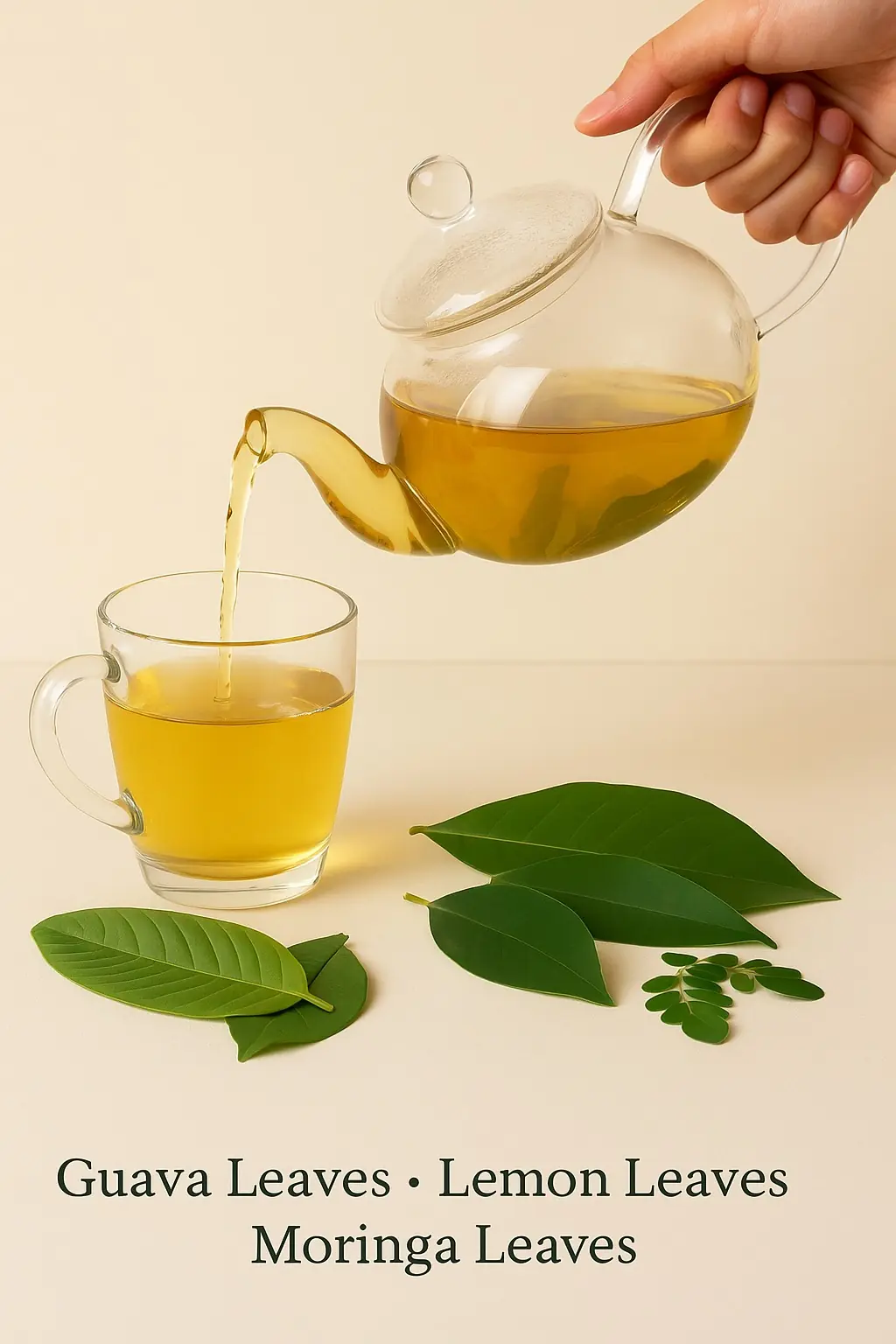
Nature’s Secret: 4 Healing Leaves That Support Metabolism, Immunity & Circulation Naturally
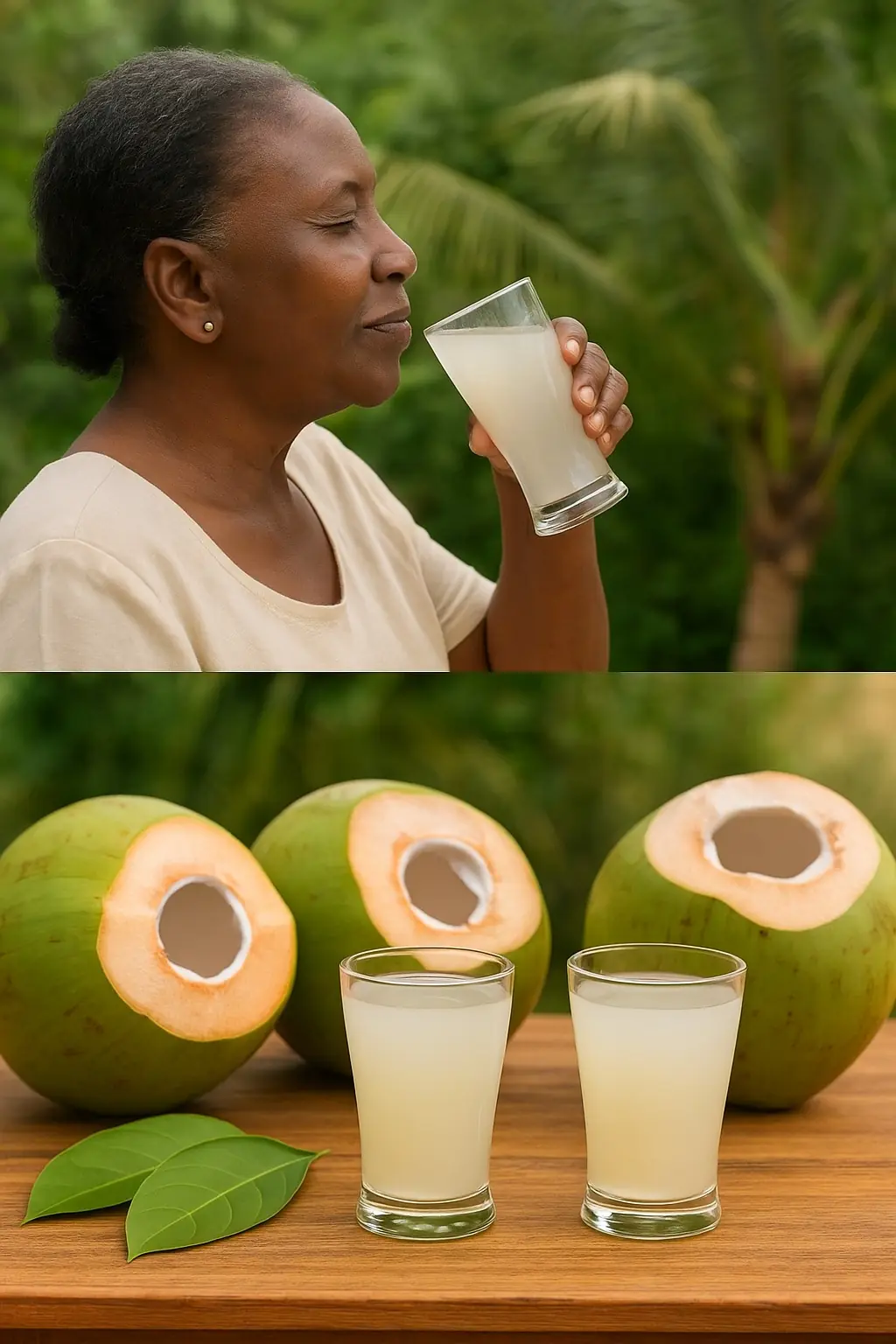
Don’t Drink Coconut Water Before You Know These 11 Secrets!

Pumpkin Seed Milk — The Natural Parasite Cleanser

Fast Rice Water Trick for a Brighter Smile

Morning Drink to Revive Your Kidneys Fast
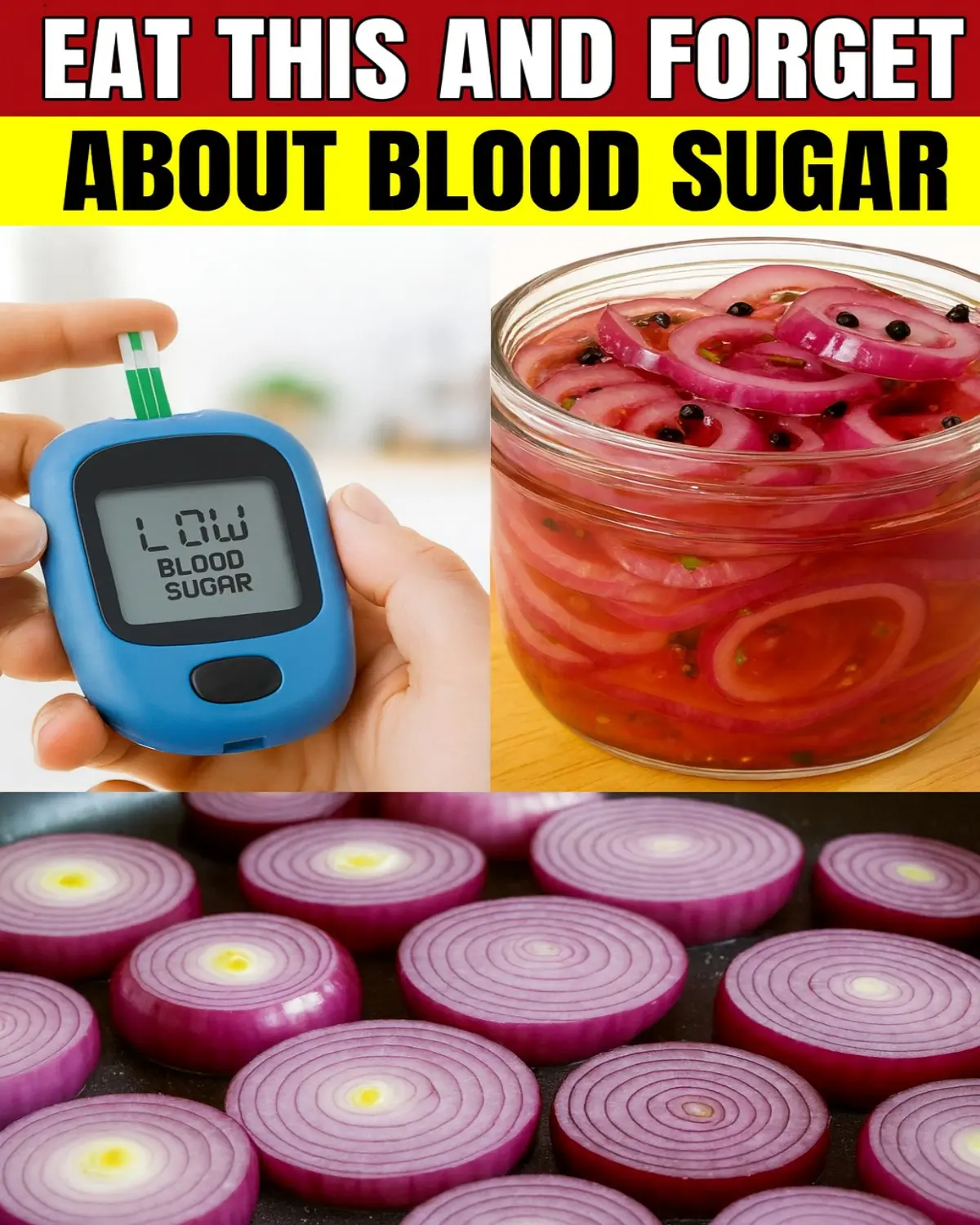
The Onion Recipe That Could Transform Your Blood Sugar, Support Cleaner Arteries, and Protect Your Heart!

Top 4 Fruits That Help Your Kidneys Flush Out Toxins While You Sleep

Ginger, Clove, and Honey: The Natural Trio Your Body Will Thank You For
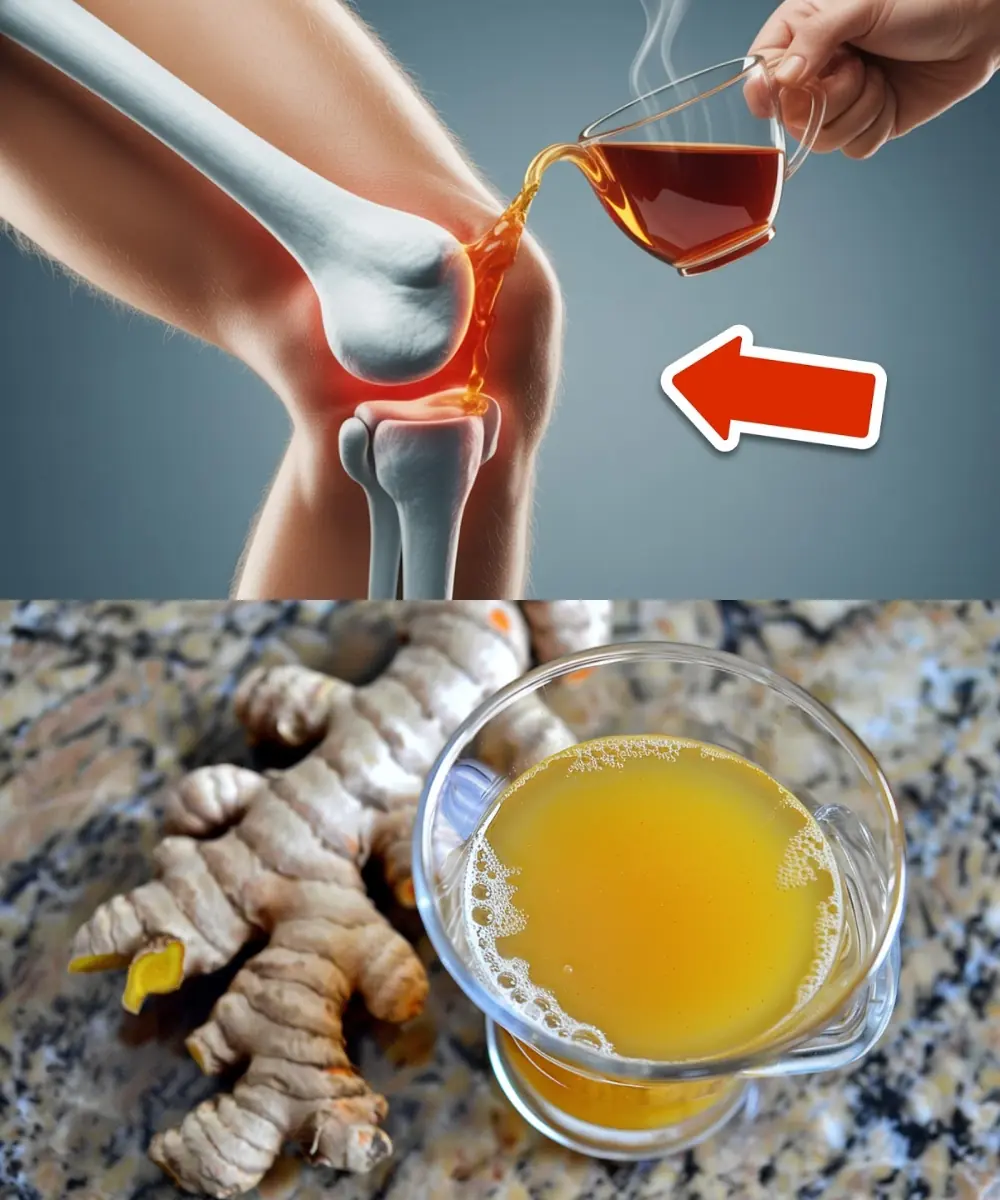
Heal 15 Years of Joint Pain Naturally with Turmeric and Honey Tea
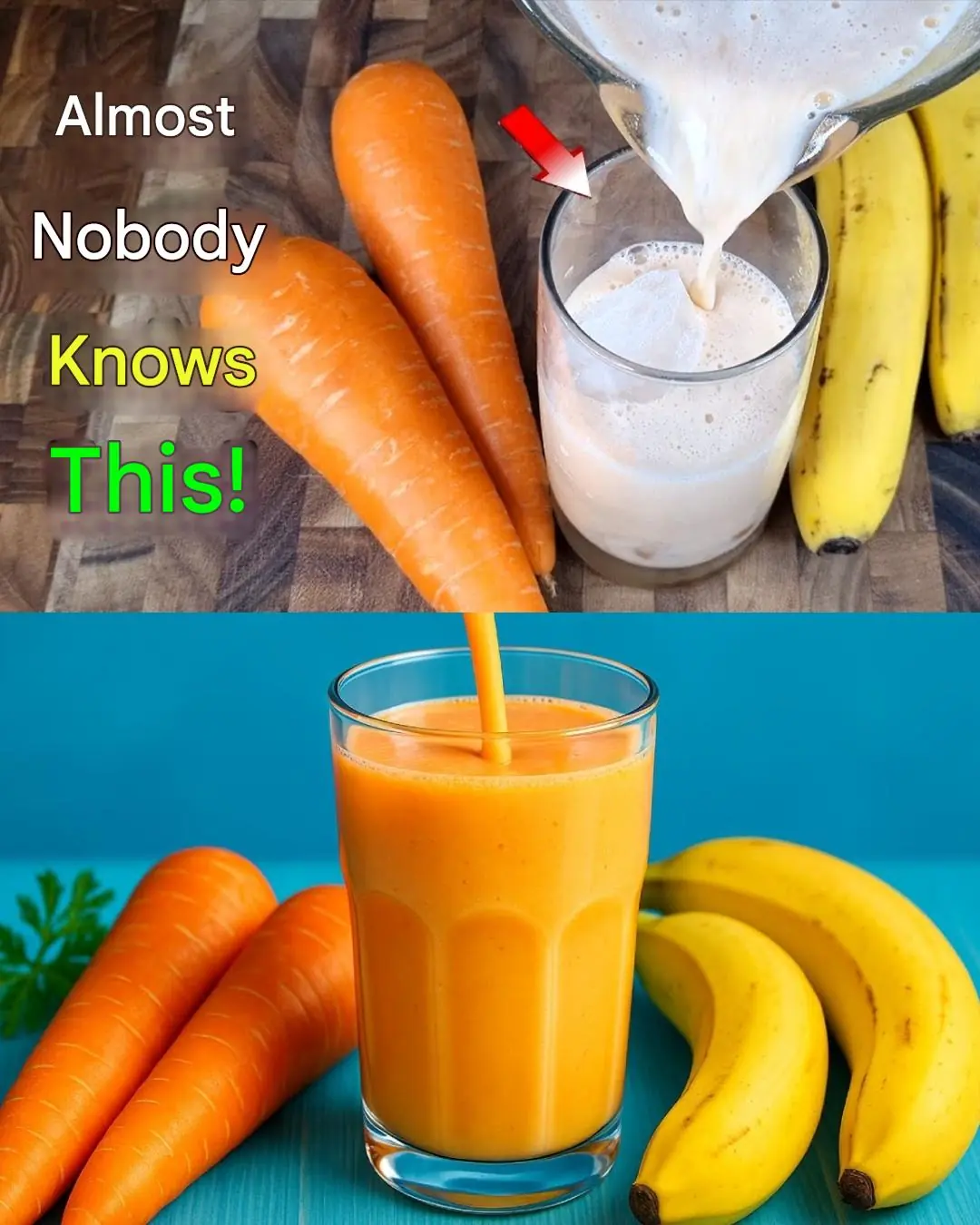
This Juice Revived My Grandma’s Energy — Say Goodbye to Fatigue and Body Pain with This Natural Recipe

The Benefits of Eating 2 Boiled Eggs Every Morning: Transform Your Health!

If Your Kidneys Are in Danger, Your Body Will Send You These 8 Signals — Don’t Ignore Them

The Surprising Effects of Avocado on Your Heart and Brain

Ways to Get Over a Man Who Didn’t Value You
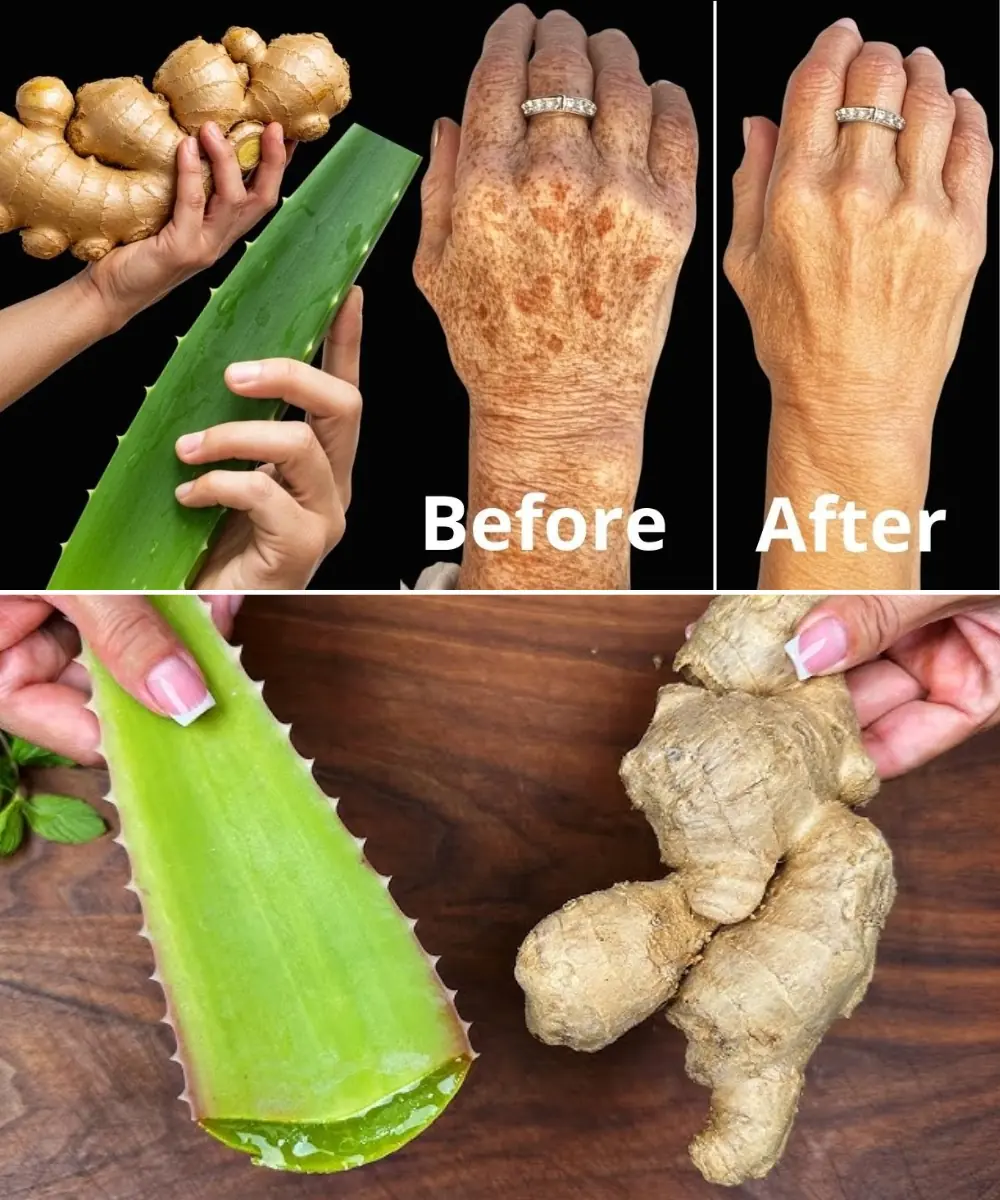
I’m 66 but Look 36 — My Secret? Aloe Vera & Ginger for Firm, Smooth Skin
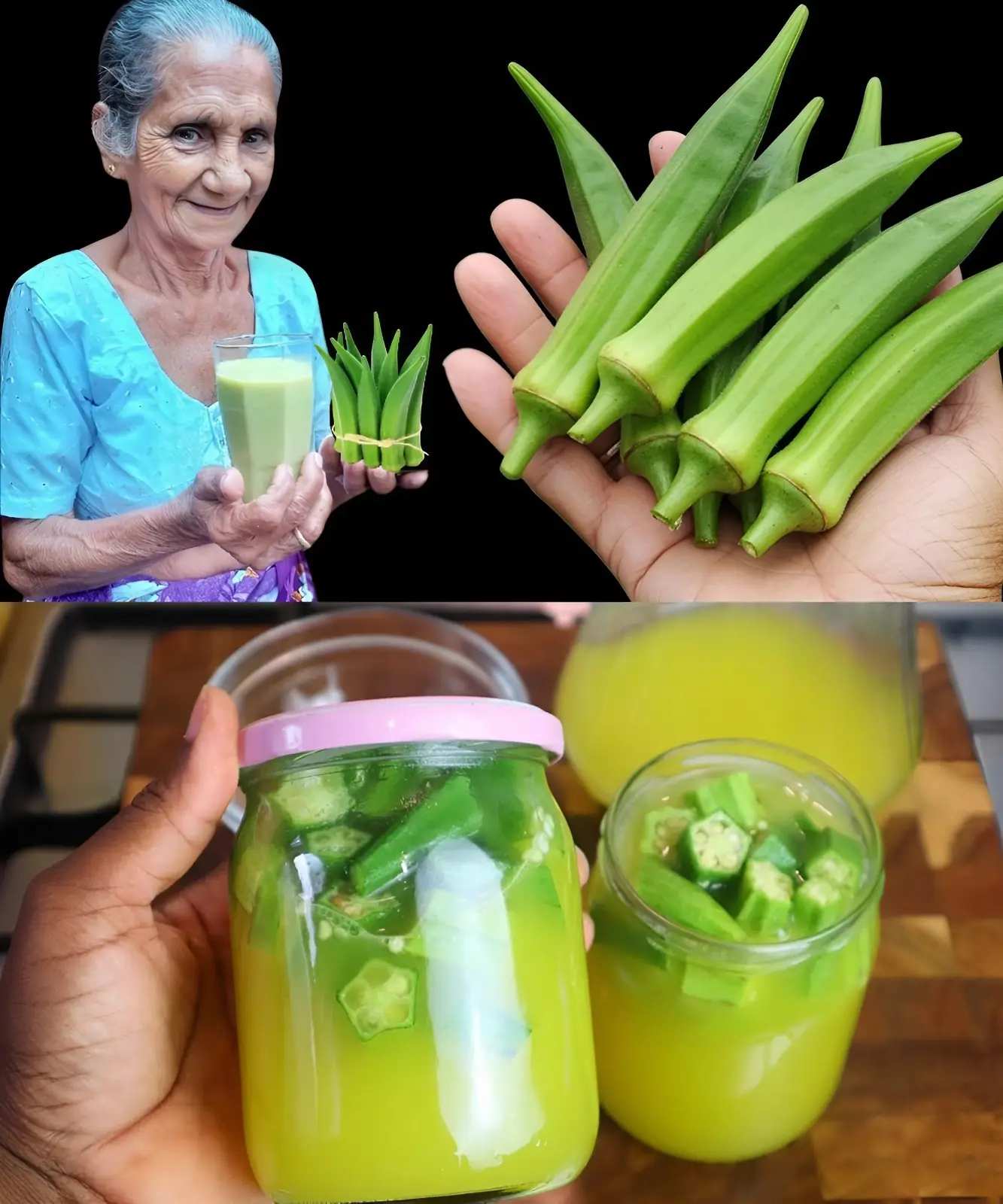
How to Make Okra Water to Treat 17 Health Problems Naturally

Banana and Egg Mask to Look Younger Even in Your 80s
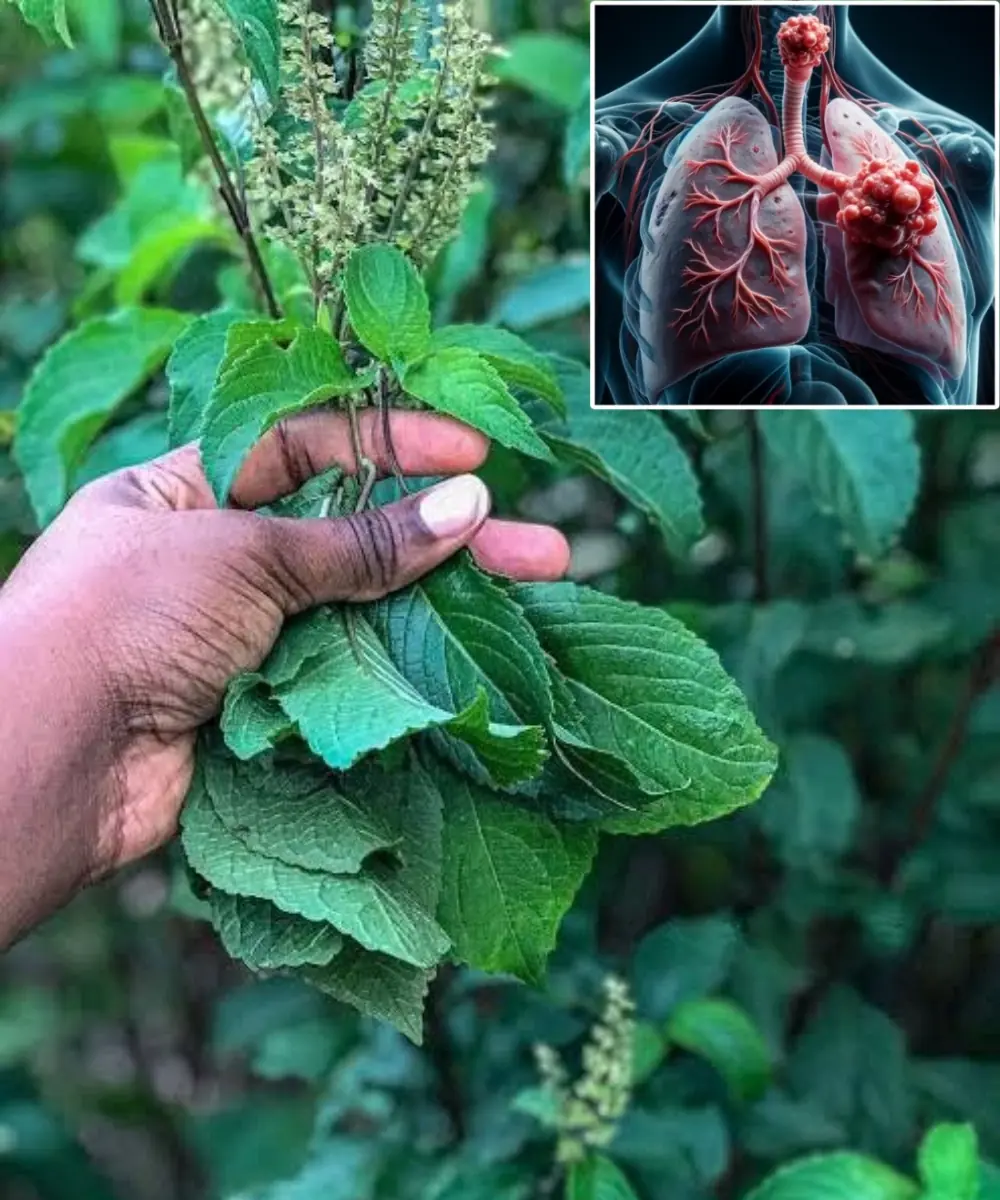
Scent Leaf Secrets Unveiled: 10 Surprising Health Benefits of This Miracle Herb
